Klaus Truemper
Professor Emeritus of Computer Science
E-mail: klaus .at. utdallas .dot. edu Office: (972) 883-2712

Klaus Truemper is Professor Emeritus of Computer Science.
His research has focused on problems in
mathematics and computer science,
but now also concerns brain science, history, and questions of philosophy.
Find
out more.
Books
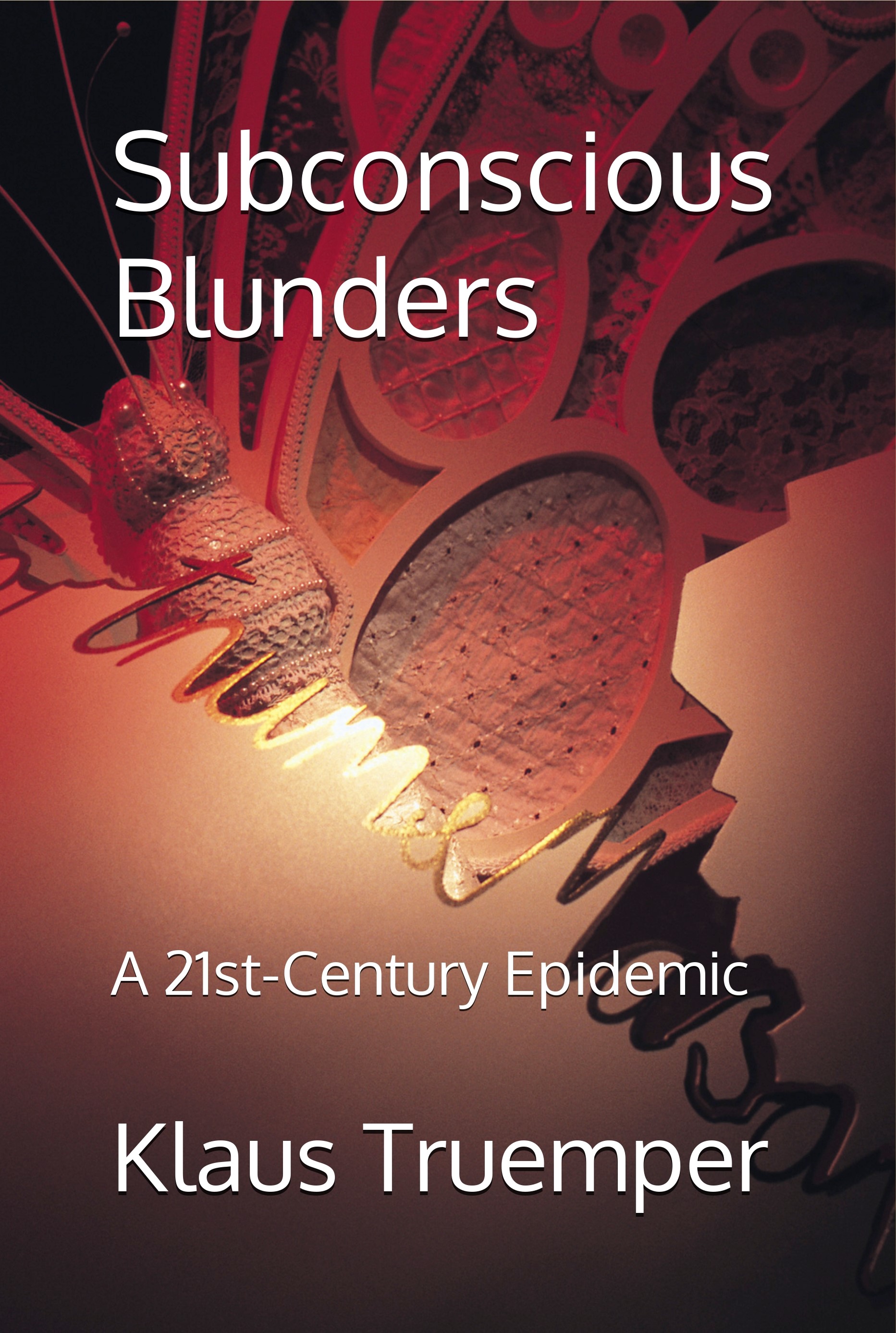
Subconscious Blunders: A 21st-Century Epidemic
Download the introductory part of the book.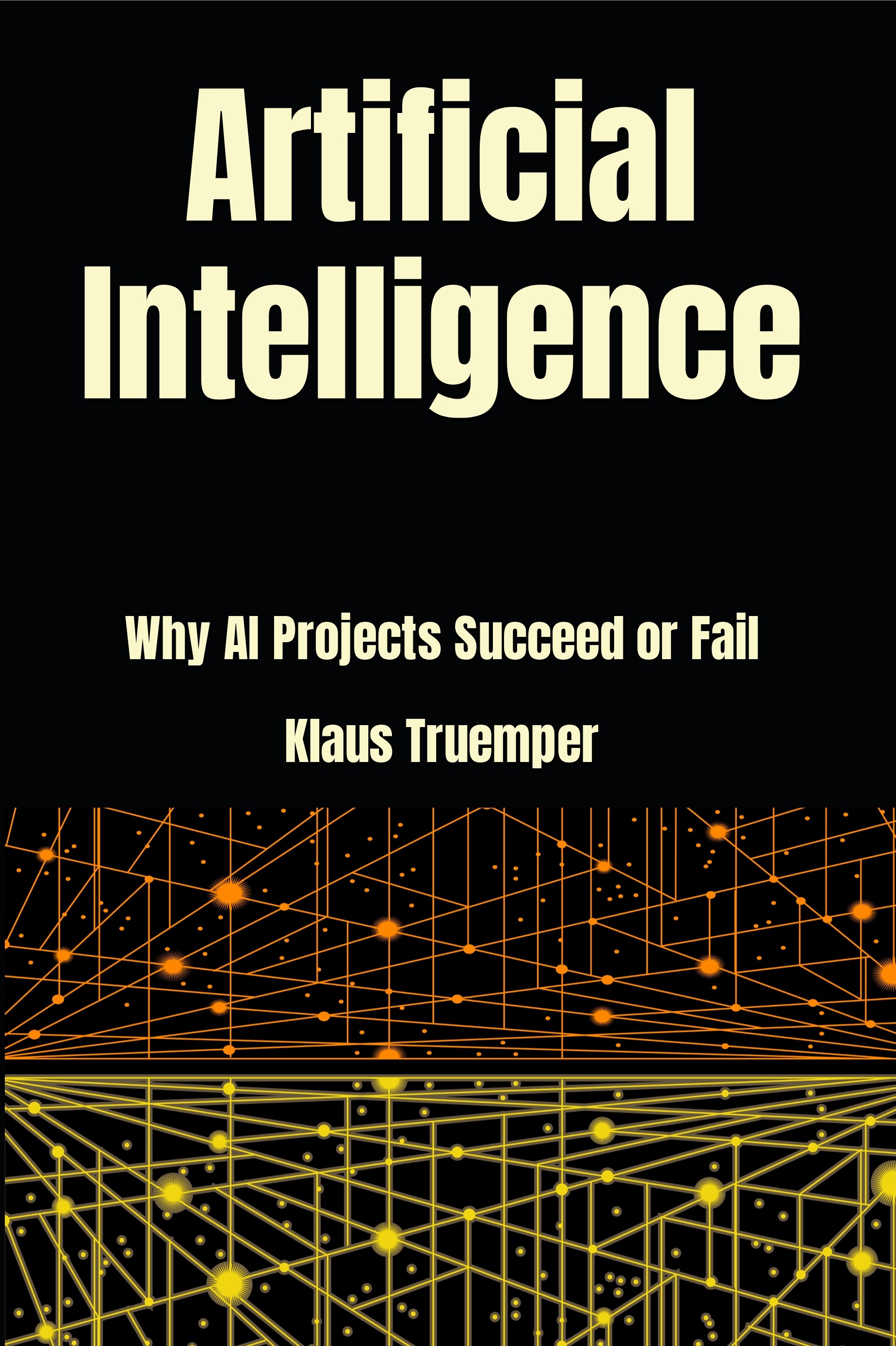
Artificial Intelligence: Why AI Projects Succeed or Fail
Download the introductory part of the book.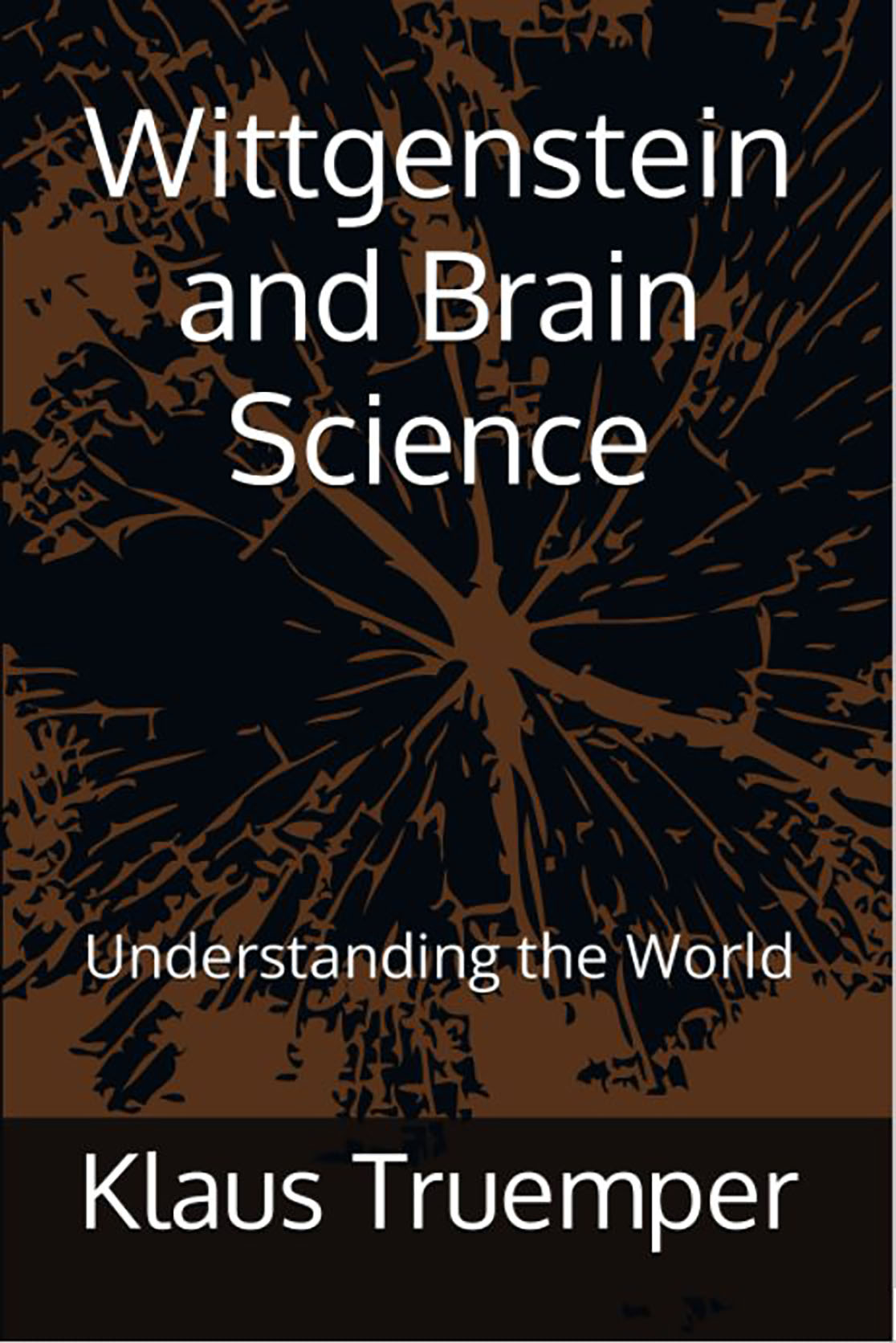
Wittgenstein and Brain Science: Understanding the World
Download the introductory part of the book.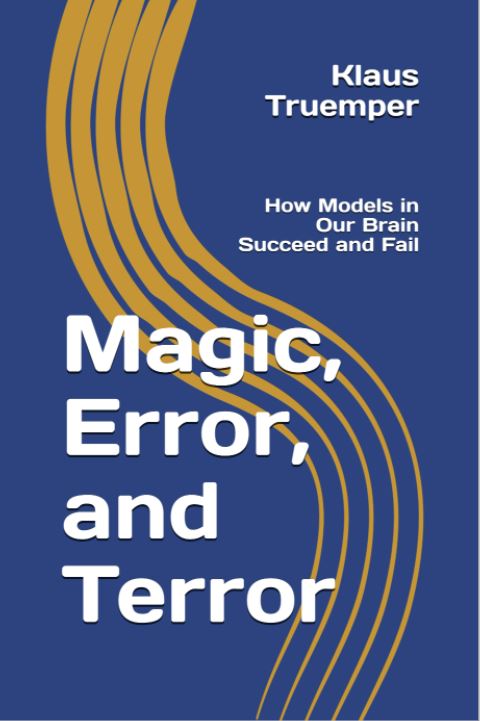
Magic, Error, and Terror: How Models in Our Brain Succeed and Fail
Download the introductory part of the book.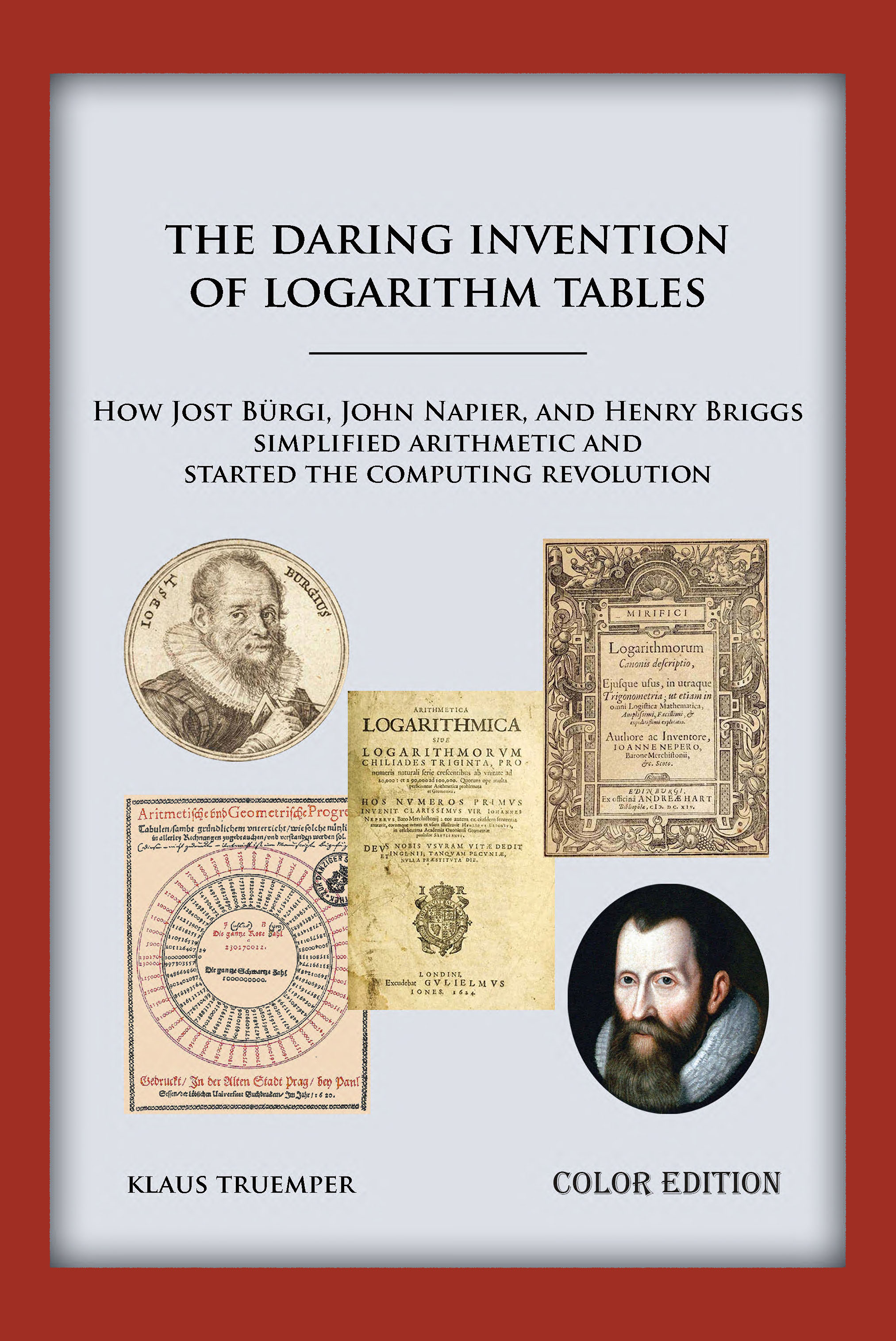
The Daring Invention of Logarithm Tables: How Jost Bürgi, John Napier, and Henry Briggs Simplified Arithmetic and Started the Computing Revolution
Download the introductory part of the book.Deutsche Ausgabe des Buches:
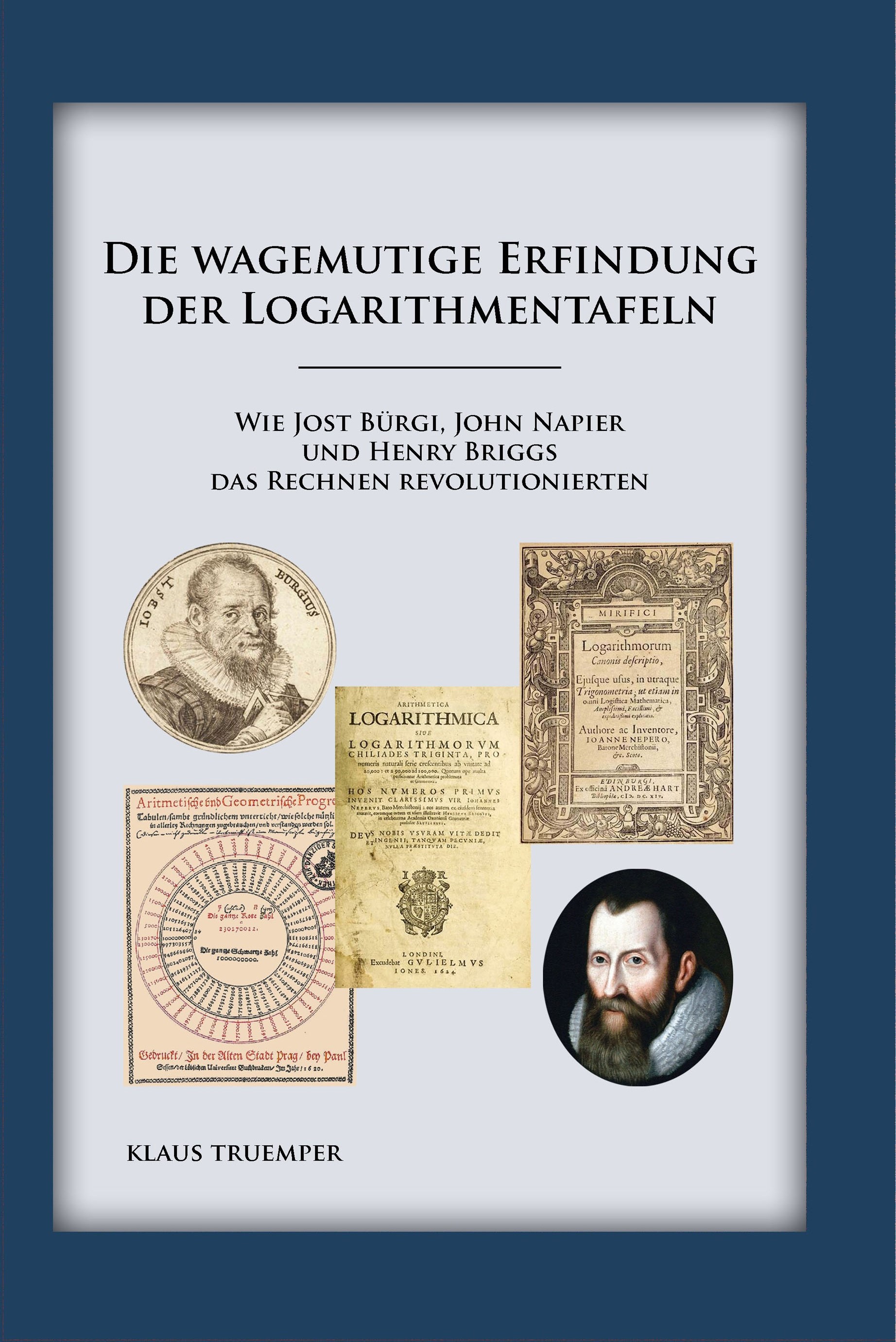
Die wagemutige Erfindung der Logarithmentafeln: Wie Jost Bürgi, John Napier, und Henry Briggs das Rechnen revolutionierten
Laden Sie den einleitenden Teil des Buches herunter.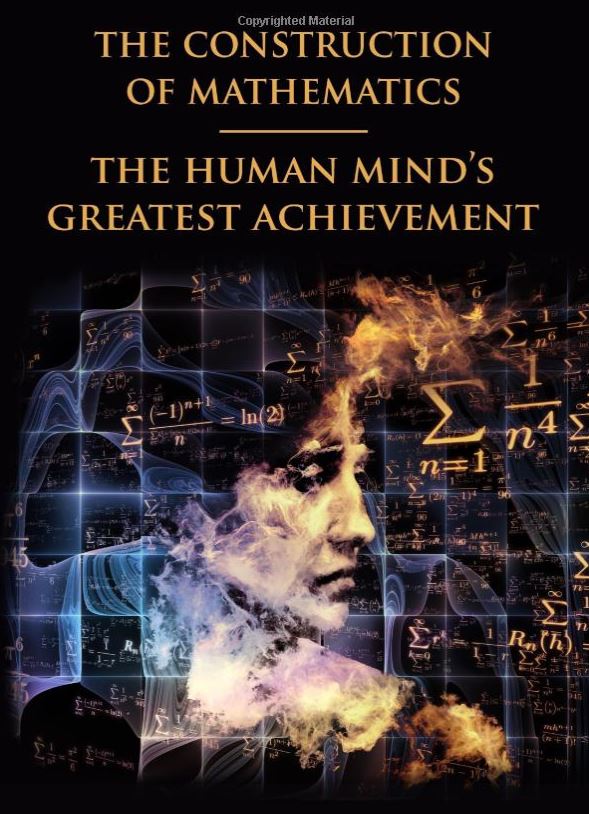
The Construction of Mathematics: The Human Mind's Greatest Achievement
Download the introductory part of the book.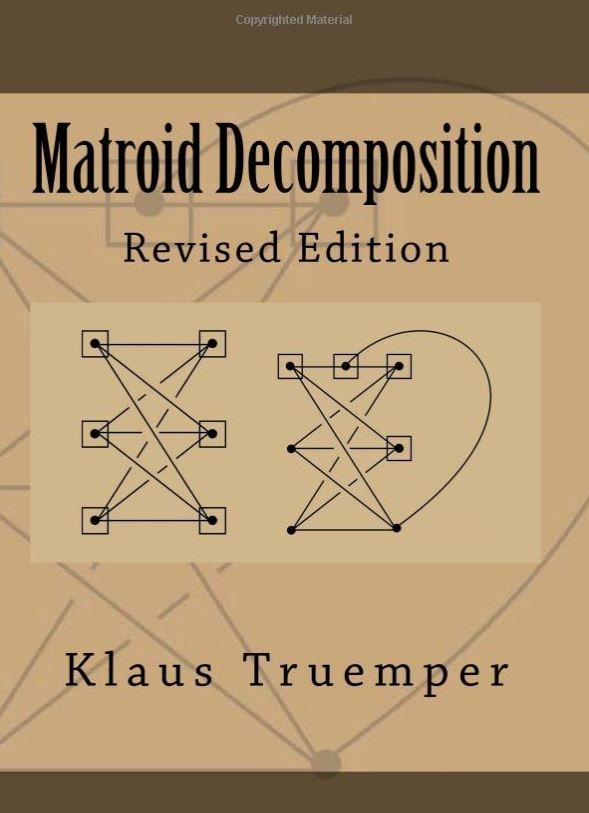
Matroid Decomposition (Revised Edition)
Download the introductory part of the book.Effective Logic Computation (Revised Edition)
Download the introductory part of the book.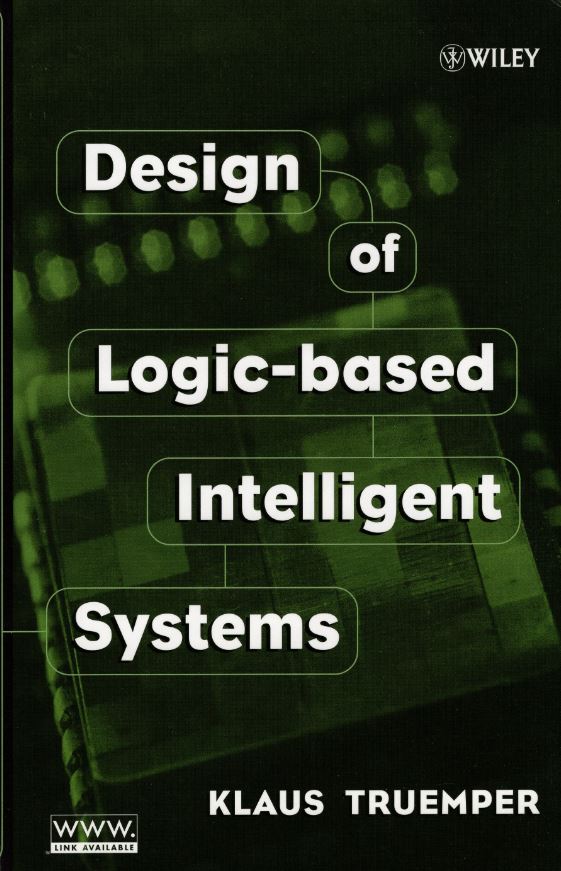
Design of Logic-based Intelligent Systems
Copyright restrictions prevent inclusion of the introductory part of the book. Errata.Edited Books

Berlin 1945: Surviving the Collapse
Author F. Hülster, editor and translator K. TruemperDownload the introductory part of the book.
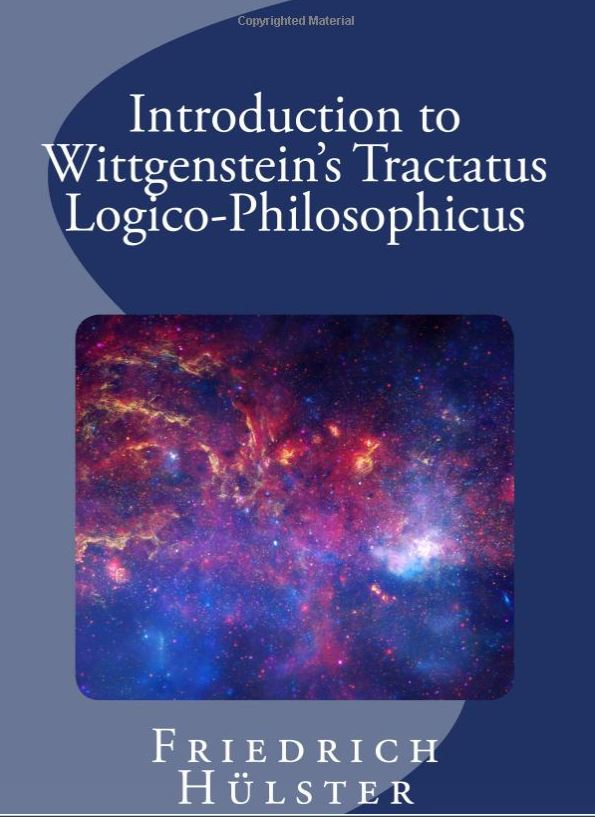
Introduction to Wittgenstein's Tractatus Logico-Philosophicus
Author F. Hülster, translator W. E. O'Hea, editors I. Truemper and K. TruemperDownload the introductory part of the book.
Deutsche Ausgabe des Buches:
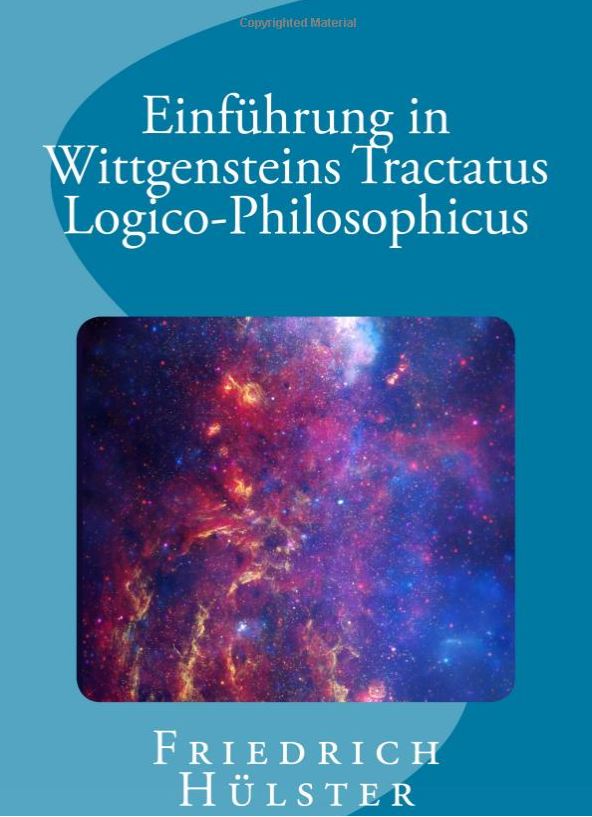
Einführung in Wittgensteins Tractatus Logico-Philosophicus
Autor F. Hülster, Herausgeber K. TruemperLaden Sie den einleitenden Teil des Buches herunter.
Leibniz System Software and References
The entire Leibniz System software is available in source code form and free of charge under the GNU Lesser General Public License (LGPL).Subgroup Discovery Method SUBARP , by K. Truemper, 2015.
Dimension Reduction of Chemical Process Simulation Data , by G. Janiga and K. Truemper, 2011.
Multivariate Classification of Children with Speech Delay of Unknown Origin , by J. Vick, C. A. Moore, T. Campbell, L. Shriberg, J. Green, and K. Truemper, Presentation at American Speech-Language Hearing Association Convention (ASHA) 2009. Describes example application of Subgroup Discovery module of Leibniz System.
The Needles-In-Haystack-Problem , by K. Moreland and K. Truemper; a summarizing version appears in Proceedings of International Conference on Machine Learning and Data Mining (MLDM), 2009.
Discretization of Target Attributes for Subgroup Discovery , by K. Moreland and K. Truemper, Proceedings of International Conference on Machine Learning and Data Mining (MLDM), 2009.
Improved Comprehensibility and Reliability of Explanations via Restricted Halfspace Discretization , by K. Truemper, Proceedings of International Conference on Machine Learning and Data Mining (MLDM), 2009.
An Alternative Representation for QBF , by A. Remshagen and K. Truemper, Proceedings of International Conference on Artificial Intelligence (ICAI), 2009.
A Solver for Quantified Formula Problem Q-ALL SAT , by A. Remshagen and K. Truemper, 2008.
Construction of Deterministic, Consistent, and Stable Explanations from Numerical Data and Prior Domain Knowledge , by K. Riehl and K. Truemper, 2007.
Design of Logic-based Intelligent Systems, 2004. Errata .
Other Software
Free installation, for noncommercial as well as commercial use, of Unimodularity Library for deciding unimodularity, strong unimodularity, and total unimodularity of integer matrices. The program is supplied in source code form and can be installed on any computer with C++ compiler.Free installation, for noncommercial as well as commercial use, of the Laempel System for checking of spelling and syntax of English texts. The system is supplied in source code form and can be installed on any computer with C compiler.